
In a significant move for the American retail landscape, Macy’s announced that it will close 66 stores across the country in 2025, accelerating a downsizing strategy that has been in the works for several years.
This wave of closures is part of Macy’s “Bold New Chapter” plan to restore the company to sustainable and profitable sales growth.
The decision comes as the company responds to persistent declines in foot traffic, intensified competition from online retailers, and the need to adapt to rapidly changing consumer habits.
The “Bold New Chapter” Strategy

First announced in February 2024, Macy’s “Bold New Chapter” strategy is a multi-year plan. By the end of 2026, around 150 underperforming stores will close.
Its 350 “go-forward” locations, which have also shown better financial performance and customer engagement, will also simultaneously receive company investment.
This dual effort aims to streamline Macy’s operations, modernize its store fleet, and focus resources on locations that can provide the best returns.
Geographic Impact of Closures

The closures will impact stores in 21 states, with the largest numbers in California and New York, with nine each, followed by Florida (eight) and Texas (six). Other affected states include Arizona, Colorado, Georgia, Michigan, Minnesota, and Virginia.
These closures span both urban and suburban areas, indicating Macy’s intent to optimize its presence in markets where it can maintain profitability and relevance.
Reasons Behind the Closures

Macy’s executives have pointed to several combined factors for these closings. A drop in sales at some locations, shifting shopper habits, and the need to optimize the company’s retail footprint have all played a role in the decision.
The rise of e-commerce began luring shoppers away from traditional department stores, while many malls, once the backbone of Macy’s business, have seen a steady decline in foot traffic.
Financial Pressures and Shareholder Demands

The store closures are also a response to mounting investor pressure for Macy’s to improve profitability and unlock value from its real estate assets.
In late 2024, investment firms demanded “drastic changes” to boost Macy’s stock value, including the potential sale of valuable properties.
In contrast, Macy’s has been working on its long-term strategies that prioritize operational health over short-term gains.
Impact on Employees
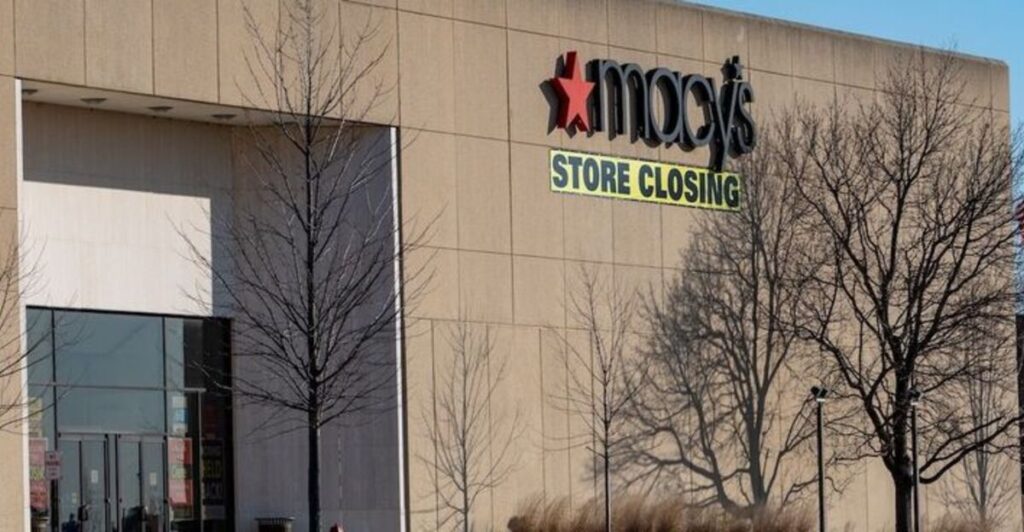
The closures will directly affect hundreds of Macy’s employees. The company has stated that it will offer transfers to other locations where possible and provide severance packages to those who cannot relocate.
In addition, Macy’s is partnering with local officials and workforce agencies to assist employees in pursuing new opportunities, reflecting a commitment to supporting its workforce during this challenging period.
Effects on Local Communities

The closing of Macy’s stores will have a tangible impact on local economies, especially in communities where the retailer has been an anchor tenant in malls.
Such closures could result in reduced retail activity, job losses, and a decline in overall mall foot traffic, further impacting neighboring businesses and the broader commercial landscape.
Store Locations and Notable Closures

Macy’s has released a full list of the 66 stores that are set to close, allowing shoppers can see if their local branch is affected. High-profile locations like the Downtown Brooklyn store have already closed or are scheduled to close soon.
However, some flagship locations, such as Herald Square in New York City, will still remain open and preserve Macy’s historic position in key markets.
Investment in Remaining Stores
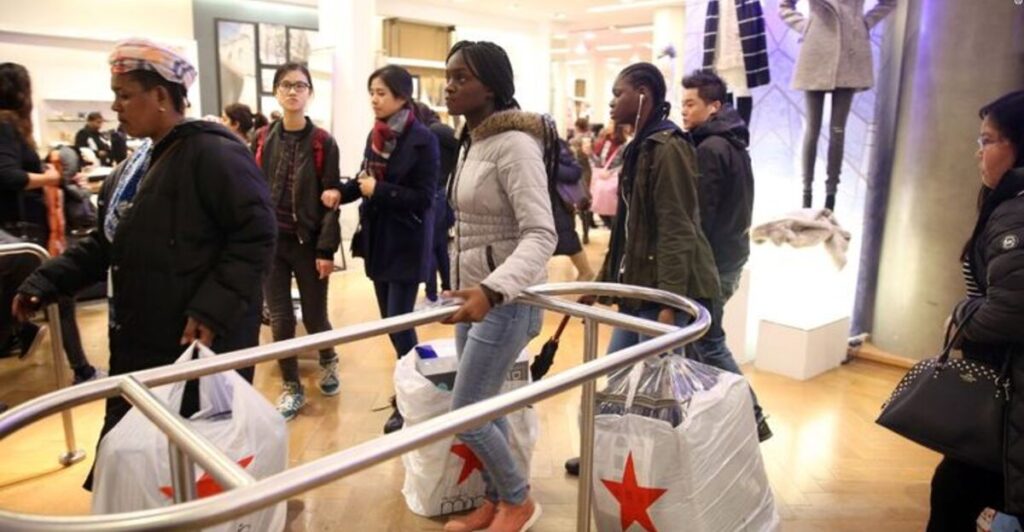
While closing underperforming locations, Macy’s is investing heavily in its remaining 350 stores. These “go-forward” locations will receive upgrades in product selection, customer service, and in-store technology.
The goal is to create a more modern, engaging, digitalized, and seamless shopping experience that can compete with both online and brick-and-mortar rivals.
Positive Early Results
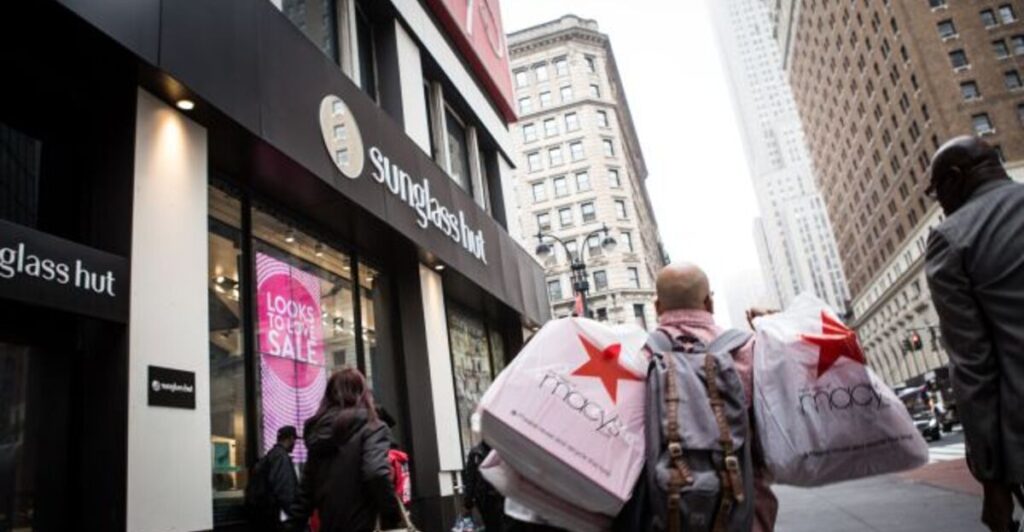
Pilot programs at the initial 50 revamped stores have yielded promising results, with three consecutive quarters of sales growth and record-high customer satisfaction scores.
Macy’s aims to expand these improvements to more locations, building on this momentum to drive growth and improve the overall customer experience.
Expansion of Luxury Brands

Central to Macy’s new strategy is expanding its luxury brands, Bloomingdale’s and Bluemercury. By 2027, Macy’s plans to open 15 new Bloomingdale’s stores and at least 30 new Bluemercury stores.
They also plan to remodel 30 more Bluemercury locations. These luxury brands have shown resilience and growth, even outperforming traditional Macy’s stores in recent years.
Focus on Digital Transformation

Another key area where Macy’s is focusing on improvement is investment in digital channels, which will enable the retailer to create an environment where consumers shop seamlessly via online and physical platforms.
Enhanced technology will allow customers to access detailed store information, shop online, and benefit from improved fulfillment and pickup options.
Adapting to Consumer Behavior

The company’s strategy reflects a broader trend in the industry as consumers increasingly favor online shopping and prefer more curated in-store experiences.
Macy’s believes a stronger digital presence and revamped stores will help retain existing customers and attract new ones, especially as competition heats up from both e-commerce giants and nimble specialty retailers.
Customer Reactions

Customers have expressed mixed reactions to the closures. Some are disappointed by the loss of their local Macy’s, particularly in communities where it was a longstanding retail anchor.
Others are hopeful and optimistic that the company will deliver better products and services at the remaining outlets.
Clearance sales at closing stores have attracted shoppers in search of deals, temporarily boosting traffic at affected locations.
Macy’s Focus on Key Markets
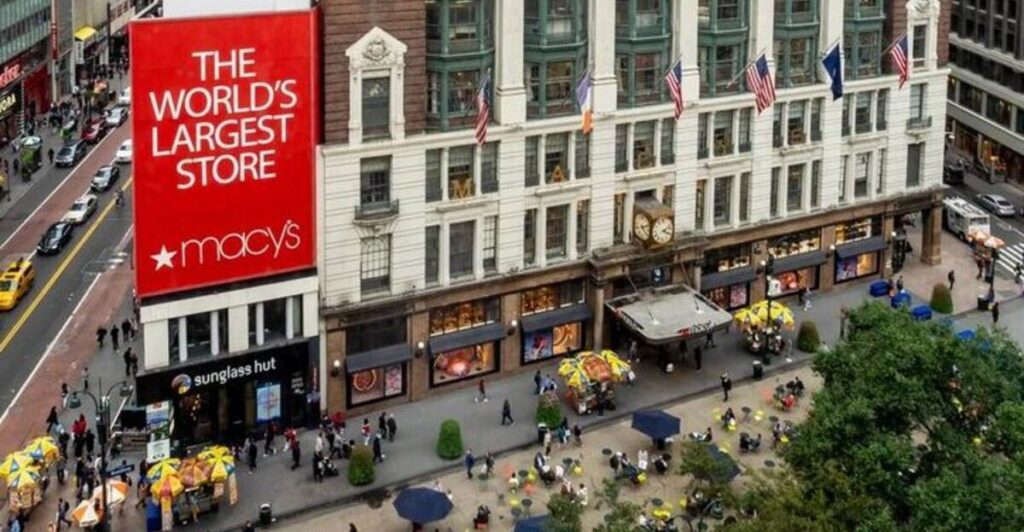
Macy’s leadership has emphasized its commitment to maintaining a strong presence in key markets amid a wave of closures.
Flagship locations, like Herald Square in New York, remain central to the company’s identity and operations.
Macy’s reassures customers that these iconic stores aren’t under threat and will remain cornerstones of the brand.
Industry Context

Macy’s isn’t alone in facing such challenges. The department store industry has been under pressure for years, with other chains like Sears, J.C. Penney, and Neiman Marcus filing for bankruptcy or closing their stores.
Even competitors like Kohl’s have announced major closures, underscoring the broader transformation sweeping through American retail.
Ongoing Updates

As part of its three-year plan, Macy’s will continue to announce additional closures through 2026. Customers are encouraged to visit the Macy’s website or consult with store employees for the most up-to-date information on store statuses and closing dates, as some details remain fluid.
Looking Ahead

Macy’s leadership remains cautiously optimistic about performance going forward, believing that a leaner, more focused company will be better positioned for growth.
Macy’s plans to stay competitive in the changing retail environment by investing in profitable stores, expanding luxury brands, and enhancing its digital capabilities.
A Watershed Moment
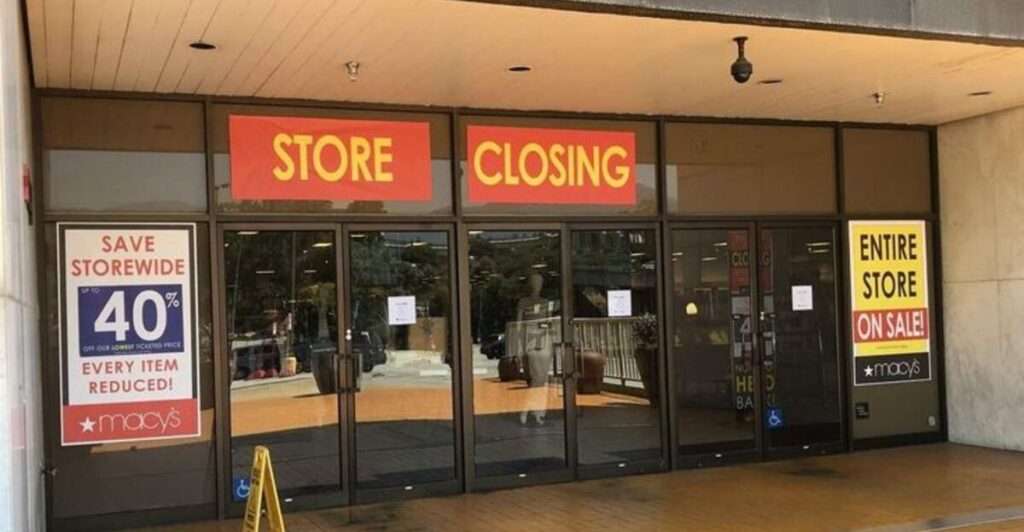
The store closings represent a watershed moment for Macy’s as it adapts to a rapidly changing retail landscape.
Although the changes are not easy for employees or for impacted communities, the company believes these are necessary steps that will lead it to long-term viability and continued success for the future.
Adapt or Die

Macy’s transformation is ongoing, and further updates are expected throughout the coming months as the retailer implements its “Bold New Chapter” plan.
The iconic retailer’s future will depend on its ability to innovate, adapt, and meet the evolving needs of American shoppers in a digital-first world.
Discover more trending stories and Follow us to keep inspiration flowing to your feed!

Craving more home and lifestyle inspiration? Hit Follow to keep the creativity flowing, and let us know your thoughts in the comments below!
